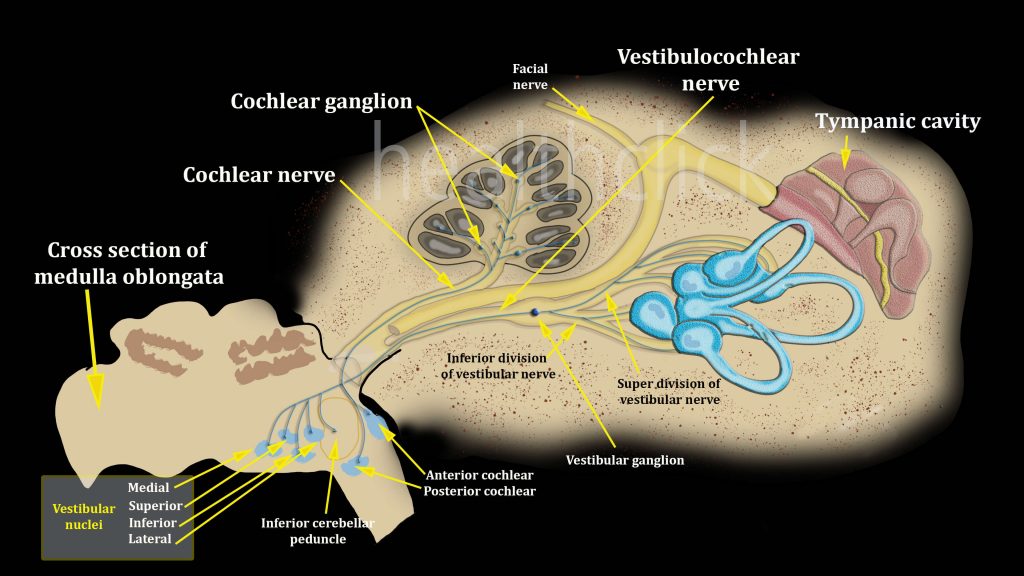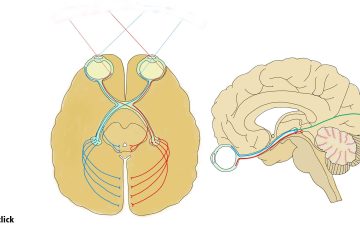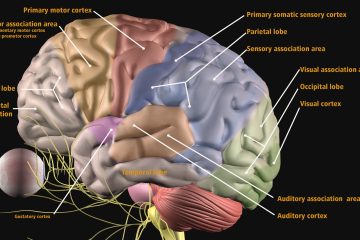Unintentional falls are the leading cause of injury for adults in the US. (1) The Vestibular system provides orientation in space and the ability to adapt to changing environments. Dizziness and balance dysfunction can occur when the vestibular system is not working optimally. This, in turn, puts the person at risk for falls. Learn the importance of the vestibular system for dynamic equilibrium and body positioning to prevent falls. The video below is part of the Vestibular Rehab Continuing Education in the healthclick all-access online subscription.
Vestibular Rehabilitation that combines sensory integration along with motor coordination promotes balance stability. The healthclick all-access subscription provides a series of vestibular rehab online courses on evaluating and treating vestibular-related balance and falls. Learn from various skilled clinicians and educators by combining courses that represent some of the top vestibular clinicians in the rehab environment. Courses within the series include:
Vestibular Rehabilitation: Evaluation and Treatment,
Progressive Vestibular Treatments for the Over 60 Population,
Balance and Falls in the Elderly Population,
Evidence-Based Outcome Tools for Treating Balance Dysfunction
The correlation between the Vestibular System and Balance is explored in our Vestibular Rehab Continuing Education Course Series
The first thing to realize is that keeping your balance is not easy because if you’re trying to stand upright and sway just a little bit forward or backward, you can lose your balance. If the center of your body gets just a few degrees in front of your toes, you’re in free fall. If you sway a little bit backward, you’re in free-fall too. So that means that you have a very narrow safety range of balance before you fall.
The body has several systems that are used to maintain your balance, and you have to think about these from a systems perspective, a systems physiology perspective. First, you can use your eyes to tell whether you’re swaying forward. Then you have your inner ear, or the vestibular system, which tells you whether you’re moving, and I’ll talk about this in a minute. You have your feet which tell you whether you’re moving. There’s also your internal idea of where you are in space, in other words, your brain, which is what you use to predict; for example, I start to lean forward, so I’m probably forward. Your body takes all four of these streams of sensory information and uses them to help you maintain your balance and let you know where you are in space.
Let’s go back now to the ear. Here I have a model of the ear, which is much larger than life. So inside the ear, about an inch or so is called the inner ear. It’s located behind the eardrum and is a very small structure that’s only the size of a dime. But you find a lot of microminiaturized components in this tiny little structure inside your ear.

The inner ear is composed of two parts. The front part is used for hearing, which I won’t talk about very much, and the back is used for balance. This is called the vestibular system or the labyrinth.
You’ll notice these three tubes in the labyrinth, which are mutually perpendicular. And when you turn your head around any axis, signals go from the inner ear into the brain through this nerve, called the vestibular nerve. These three tubes tell you how fast you’re rotating in space or the velocity of head rotation, and there are also some structures that I can’t see from the outside that tell you whether you’re tilting with respect to gravity, and those are called the otoliths.
The semicircular canals, which respond to head velocity, and the otoliths that respond to tilt provide a lot of information about where you’re oriented in space. They tell you how quickly you’re rotating, and they tell you whether you’re tilting or whether you might be falling.
Why Choose a Subscription that contains a Series of Vestibular Rehab Online courses?
- Multiple expert clinicians and researchers present their approaches to managing vestibular-related disorders.
- An eclectic approach to vestibular rehab
- Various resources for evaluation and treatment in one subscription
- Receive a comprehensive approach to a specific topic
- Identify the implementation of standardized tests and procedures from a variety of clinicians
References


